Gallery Quest - A Walk on the Dark Side
There are hidden secrets and discoveries to be made around every corner at the Museum. Go on this self-guided tour to take a deeper dive into your NHMU experience, and maybe even face your fears! Take photos along the way and share your best moments using #NHMU.
Prefer to print out the tour? Download the PDF by clicking the button below.
Stories written in the stars
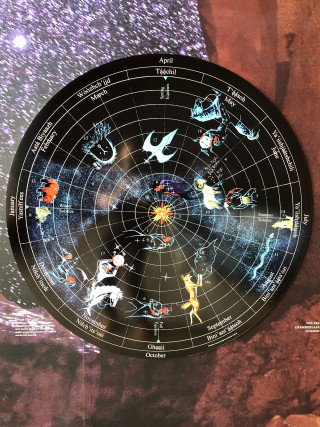
Constellation chart comparison
Sky | Level 5
The Navajo star chart depicts native constellations—called So’Diné, or star people—that embody cultural stories. The constellation Hastiin Sik’aí’ií (Man with a Firm Stance with Legs Ajar) represents the parting of the seasons between summer and winter. It emerges
in early October as Ghaají, the parting of seasons between hot and cold, and the stellar grouping becomes fully manifested in November. Read more via the citation below.
Excerpt from “A Collection of Curricula for the STARLAB Navajo Skies Cylinder”
Follow the light
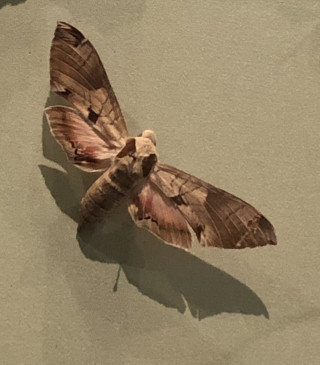
Moths
Life | Level 4
There is no question that moths are attracted to lights at night, a phenomenon called positive phototaxis. You may have heard that moths do this because they are attracted to the moon. Have you heard that they may actually be using the moon and stars to orient their bodies at night? Moths may be adjusting their flight path to keep the light at a constant angle to their line of sight. Read more here.
Creepy crawly

Tarantula in Life Exhibit
Live Tarantula
Life | Level 4
One of Utah’s most misunderstood inhabitants and the largest spiders in the southwest, tarantulas are surprisingly docile. As tarantulas grow, they molt (shed their old exoskeleton) to reveal a larger, more protective skin. They might molt one or more times per year!
Quoth The Raven, Nevermore?
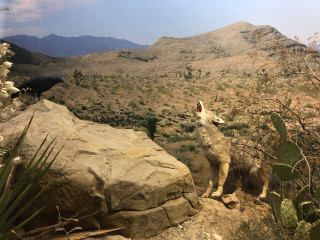
Coyote and Raven
Life | Level 4
The Museum stores over 1.6 million objects, many of them specimens of expired animals and plants. NHMU collects, preserves, interprets and displays these objects for the Utah public, to illuminate the natural world and the place of humans within it. These specimens each have a story to tell, and in our care, will continue to inspire, inform, and contribute to both educational and scientific pursuits.
Are you afraid of the dark?
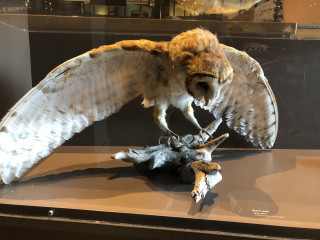
Homestead Cave
Land | Level 3
You might think caves are scary, but they can host biodiversity, and are a unique place to find fossils. Thanks to some owls, and good protection from the elements, the Homestead Cave preserves a detailed picture of local life that spans millennia, shining light on a real horror story: climate change.
Trick or treat?
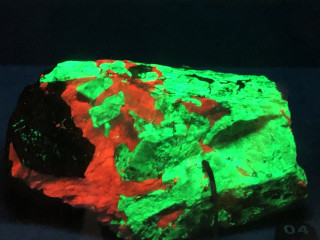
Glow in the dark minerals
Gems & Minerals | Level 3
Did you know some rocks can glow? Thanks to a phenomenon called fluorescence, the atoms in certain minerals glow under ultraviolet light. They can have an amazing array of vibrant colors, a sharp contrast to the color of the rocks under normal light conditions.
Not-so-urban legends
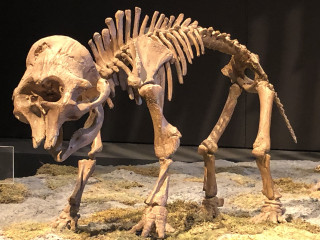
Mammoth skeleton
Past Worlds | Level 3
The myth of the Cyclops, a larger- than-life one-eyed creature, may have originated when Ancient Greeks came across fossils of Mammoth skulls. The large hole in the middle is now known to be where the animal’s trunk was positioned; Ancient Greeks might have had a different explanation. Read more here.